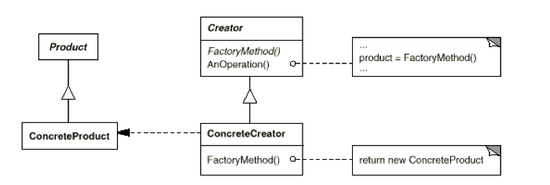SELECT A.TABLE_NAME as 테이블명
CONSTRAINT_TYPE 을 'P' 로 설정해주면 입력한 테이블의 PK만 조회 가능하다. !
'Development > DataBase' 카테고리의 다른 글
| [Oracle]세로 data를 가로로 변형하기 - LISTAGG (0) | 2011.11.08 |
|---|---|
| [Oracle]ORDER BY 절에서 NULL 값 위치 지정 (0) | 2011.09.26 |
| [Oracle]ALL_COL_COMMENTS (0) | 2011.09.01 |
| [Oracle]ALL_TAB_COMMENTS (0) | 2011.09.01 |
| [Oracle]ALL_CONSTRAINTS (0) | 2011.09.01 |

